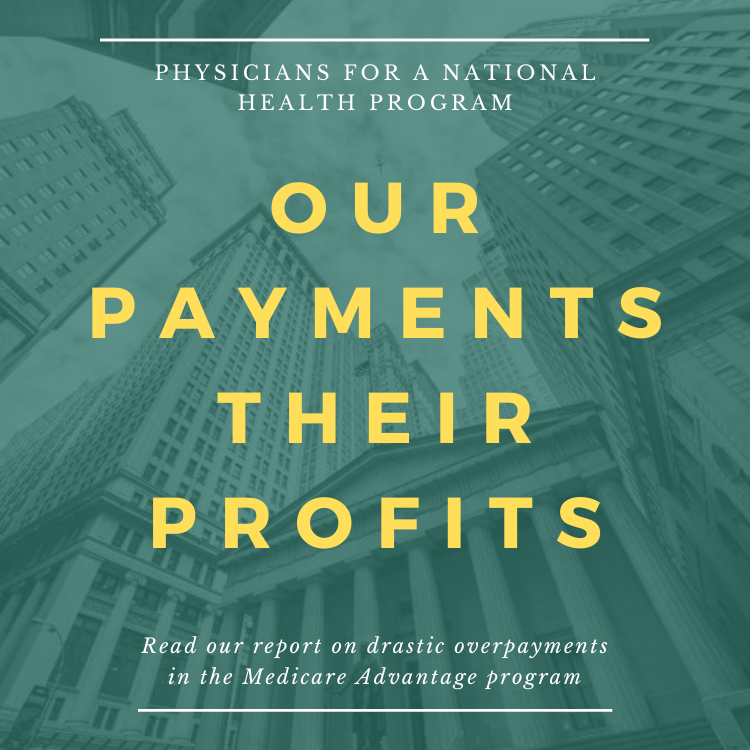Starbucks has been a model among U. S. employers for its social and moral responsibility to its work force since its founding in 1982. Howard Schultz, who founded the company, grew up in Brooklyn, New York in a hard-working family without health insurance, and never forgot the plight of working class people struggling every day to make ends meet. He was determined to build a different kind of company—one that makes a profit, builds shareholder value, but also has a social conscience integrated back into the company. As he has said in his excellent book Pour Your Heart Into It,
“From the beginning of my management of Starbucks, I wanted it to be the employer of choice, the company everybody wanted to work for. By paying more than the going wage in restaurants and retail stores, and by offering benefits that weren’t available elsewhere, I hoped that Starbucks would attract people who were well educated and eager to communicate our passion for coffee. To my thinking, a generous benefits package was a key competitive advantage.”
The Starbucks story has been phenomenal. The company went public in 1992 with a market capitalization of $200 million. By 2004 it was worth almost $19 billion. Its worldwide work force grew to about 172,000 by 2007, and all of its employees in the U. S., even part-time, are offered health insurance with generous coverage. From the beginning, the company’s consistent policy has been to offer health insurance to all employees working 20 or more hours a week (240 hours per quarter). As a result, Starbucks has had one of the most loyal work forces in American retail business, with a very low rate of attrition.
But the writing was on the wall. In 2004, Schultz acknowledged in an interview with Business Week that the company’s biggest challenge to future growth was its health care costs, which by then were costing about $200 million a year for its 80,000 U. S. employees—more than the total it was spending on green coffee from Africa, Indonesia, and other countries. As Schultz said at the time “This is completely non-sustainable”, further noting that companies trying to do the right thing for their employees are paying for the many companies not doing so.
Today, Starbucks is hurting. Caught in this economic downturn, it has been forced to cut thousands of jobs. About 600 Starbucks stores in this country will be closed over the coming year, as well as most of those in Australia. This week, the company reported its first-ever quarterly loss, a net loss of $6.7 million. The company attributes its problems to the economy, increasing competition from fast-food companies such as McDonalds (not known for its health care coverage), and perhaps to its rapid expansion.
All of this is predictable. U. S. employers need a healthy work force, but can no longer afford to provide comprehensive employer-sponsored coverage (ESI). The average cost of ESI is now over $15,000 a year for a family of four, with the employer paying for about 60 percent of that and the employee picking up the rest. All of these numbers keep going up each year by three or four times the cost of living and median wages. As a result, more employers are cutting back on coverage (if provided at all), passing along more costs to their employees, and eliminating retiree coverage altogether (eg., General Motors). It is an open question how much longer employers with a social conscience, such as Starbucks and Costco, can continue to offer coverage.
Fortunately, there is a fix for this problem— single-payer national health insurance (NHI) along the lines of the Conyers bill (HR 676) in Congress with 93 co-sponsors. Both employers and employees would pay less than they do now for better coverage. By eliminating the waste and inefficiencies of 1,300 private insurers, NHI will save more than $300 billion a year and still guarantee coverage of all Americans. The differences in overhead between private and public financing are striking—Medicare operates as a single-payer system with an overhead of about 3 percent, compared to an average of 18 percent for commercial carriers and 26.5 percent for investor-owned Blue Cross plans. Under HR 676 employers will pay a payroll tax of about 7.7 percent (less than their average of 8.5 percent now) while individuals will pay an income tax averaging about 2 percent for most taxpayers.
NHI will not solve all of the problems now being confronted by Starbucks and other U. S. employers, but will go a long way to level the playing field in a global economy. We can no longer afford the skyrocketing costs of private health insurance for less reliable and more skimpy coverage each year. Employers and employees alike, as well as our country, will win with NHI.
Howard Schultz has built a legendary company with a social conscience. But the landscape and business environment is changing fast. He can add to his legacy by taking a leadership role in helping other employers to see NHI as an advantage to their future.
John Geyman is the Author of Shredding the Social Contract: The Privatization of Medicare, Common Courage Press, 2006, and Do Not Resuscitate: Why the Health Insurance Is Dying, and How We Must Replace It, Common Courage Press, 2008, Use only with permission of the Author.
Buy These Books: http://www.commoncouragepress.com/index.cfm?action=book&bookid=376
